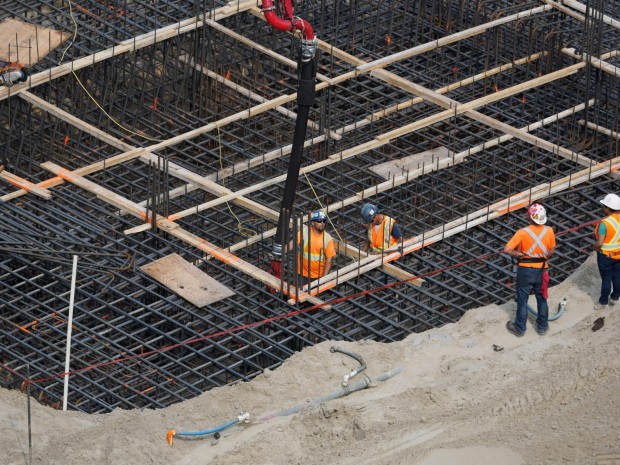Earthquakes cause significant loss of life, primarily because buildings collapse. In response, the construction industry now employs smart building techniques to create earthquake-resistant structures.

(Photo : Pexels/ IslandHopper X )
Create a Flexible Foundation
Using a technique known as base isolation, the foundation of the structure can be lifted above the ground to withstand the forces from the ground. Base isolation involves constructing a structure on top of flexible steel, rubber, and lead pads.
These isolators shake in response to the movement of the base during an earthquake while the structure stays stable. As mentioned, this is a suitable method for absorbing seismic waves and preventing them from going through the building.
Shield Buildings from Vibrations
Researchers are exploring different methods by which structures can deflect and reroute the energy generated by earthquakes. It is reportedly an alternative to counteracting pressures that are being investigated.
A cloak consisting of one hundred concentric rings made of plastic and concrete is buried at a depth of at least three feet beneath the foundation of the structure called a 'seismic invisibility cloak'.
The ease of movement induces seismic waves to propagate through the rings and into the outer rings as they enter the rings. As a consequence of this, they are essentially directed away from the structure and dissipated into the earth.
Redirection of Earthquake Energy
Shock dampers lessen the force of shock waves by partially absorbing the energy created by the shock. Because of this, structures vibrate at a lower rate. Every building level has a damper installed in the space between the columns and the beams.
The cylinder that makes up this damper comprises a piston crown and a RINGFEDER® friction spring, which can also be made of silicone oil. During an earthquake, the piston is exerted against the spring or the oil by the vibration energy transmitted by the structure. On the other hand, throughout that process, energy is transformed into heat while vibrational forces are diminished.
Also Read: Seoul's K-Pop Hub Groundbreaking Ceremony Unveils Future Developments
Concrete Reinforcement
Steel-reinforced concrete buildings are quite suitable for resisting the consequences of strong earthquakes. Nevertheless, the scenario is different for structures built of unreinforced concrete. They will reportedly break and dissolve from the shaking an earthquake causes unless they are reinforced with steel.
Make Strong Connection
In addition to making the wall more ductile, the steel embedded in the concrete not only secures the wall to the foundation but also makes it more ductile. Even through the use of this anchoring, the wall is elevated to the level of an effective shear wall, which enables it to divert shaking forces into the building's foundation.
Accordingly, reinforced concrete has a naturally strong link between the foundation and the walls themselves. However, the wood frame construction is highly bendable to ensure that it is adequately secured to the foundation. An earthquake has the potential to cause the building to move and shift if the connections between the wall and the foundation are weak.
Related Article: Earthquake-Proof Structures: Structural Engineer Shares Insights on Earthquake Safety







